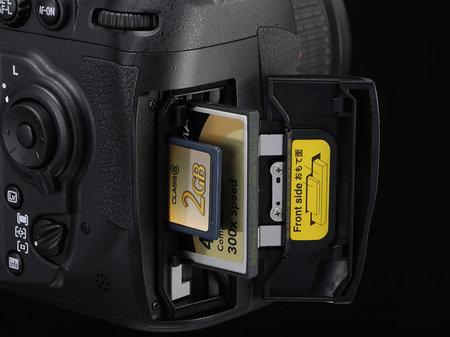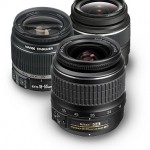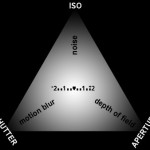
Do not blindly rely on a memory card based on its brand. I’ve once bought a highly recommended memory cards, and it broke two years after. The brands usually brag on its long life, but it’s better to focus on brands with convenient after-sale service from the memory card’s seller or producer because memory cards usually have a long warranty period. However great your memory card, the possibility of data loss will always be on the table. That is why you should always immediately back up your photograph files from your memory cards.
The following are several points you should keep in mind about DSLR camera’s memory cards:
– When buying a memory card, note the class and its mbps speed. This is absolutely more important than considering a purchase based on the brand. Another one of my posts explains what the “class” of a memory card means.
– The first thing you must immediately do once you are finished with a photo session is to back up the content of your memory card. There are so many worst-case scenarios that could happen, and taking a little bit of your time to back up your data can save you a lot of unwanted grief and regret because usually those photo session moments can’t be reproduced.
– The process of moving your memory card data is better and safer done using a card reader instead of using a cable data connected straight to your DSLR device.
– The use of a cable data connected straight from your DSLR device to your computer may be a risk because of the possibility of harmful electric currents.
– The most important thing to note about memory cards is this: don’t ever sell a memory card you have used for any reason. Data you’ve recorded onto the memory card (even if it’s been deleted and formatted) can still be restored using various softwares. The more advanced the memory card, the better the restoration capacity.
– Destroy any broken memory cards or throw it out far, far away from you because if you keep it in your memory card collection there will always be a chance you’ll bring the broken memory card by mistakes. This will be a crucial mistake if you’re in a photo shoot and that’s the only memory card you bring.
– Make a habit of backing up your photograph files. For recreational files, I usually make two layers of backup files: in the computer and in an external hard drive. As for important or commercial files, I usually make three layers of backup copies: in a computer, in an external hard drive, and burned onto a DVD.
– Having only one memory card, however large its capacity, poses a big risk. It’s better to have 4 pieces of 8GB memory cards than just one piece of a 32 GB.




